From acne flare-ups to fine lines and wrinkles, light therapy has become a trusted solution for a wide range of skin concerns. But not all light is created equal. Red and blue light work in very different ways, and knowing which one to use, and when, is key to getting results.
Red light penetrates deeper to stimulate repair and regeneration. Blue light targets surface issues like acne and inflammation. This guide breaks down how each therapy works, what it treats best, and how to choose a device that actually delivers.
Because in light therapy, the right wavelength makes all the difference.
What Is Light Therapy, and How Does It Actually Work?
Light therapy, more precisely known as photobiomodulation, is a non-invasive treatment that uses specific wavelengths of light to trigger biological processes in the skin.
Different wavelengths penetrate the skin at different depths and serve different functions:
-
Red light (around 660nm) reaches deeper layers of the skin, where it stimulates mitochondria, the energy centers of your cells. This boosts ATP (adenosine triphosphate) production, powering cellular repair, collagen synthesis, and overall rejuvenation.
-
Blue light (around 415nm) acts closer to the skin’s surface. It’s highly effective at neutralizing acne-causing bacteria, reducing inflammation, and regulating oil production in the pores.
A common misconception is that all light therapy works the same. In reality, each wavelength serves a unique purpose, and using the wrong one can mean wasting time, or worse, triggering unwanted effects. The key is targeting the right depth, with the right dose, for the right goal.
Red Light Therapy: What It Does Best
Red light therapy stands out for its ability to rejuvenate and restore the skin from within. Unlike treatments that work only on the surface, red light penetrates deep into the dermis, targeting the source of aging and inflammation at the cellular level.
Anti-Aging and Skin Rejuvenation
Red light stimulates fibroblasts, the cells responsible for producing collagen and elastin. As collagen levels increase, skin becomes:
-
Smoother in texture
-
Firmer and more elastic
-
Better hydrated and more resilient
It also calms inflammation, which plays a major role in aging and visible skin damage, including fine lines, uneven tone, and dullness. Over time, red light can help reverse the effects of UV exposure and environmental stressors.
Does Red Light Therapy Help with Hyperpigmentation?
Yes, with the right wavelength and consistency, red light therapy can help fade discoloration and even out skin tone. Using a precise 660nm red light, it reduces inflammation, supports cell turnover, and helps suppress the triggers of excess melanin production.
Blue Light Therapy: What It Does Best
While red light works deep beneath the skin, blue light therapy operates on the surface, where acne, bacteria, and inflammation often start. Its primary strength lies in purification: clearing away the root causes of breakouts and restoring clarity to the skin.
Acne and Bacteria Control
Blue light therapy is best known for targeting acne-causing bacteria, specifically P. acnes. When applied consistently, it helps:
-
Neutralize bacteria before breakouts begin
-
Calm surface-level inflammation
This makes it an excellent choice for both spot treatments and full-face use for those managing chronic acne.
More than Skin Treatment
Beyond acne, blue light is effective in:
-
Supporting oral care through its antibacterial action in the mouth and gums
-
Treating cold sores and speeding up recovery from minor lesions
Its shallow penetration makes it ideal for targeted, high-frequency treatment of superficial concerns.
Red Light vs Blue Light Therapy: Key Differences

Can You Combine Red and Blue Light Therapy?
Absolutely. In fact, combining the two often delivers superior results for those managing acne-prone aging skin. Here’s how it works:
-
Blue light clears active breakouts by killing bacteria and reducing inflammation.
-
Red light accelerates healing and supports long-term skin repair.
Just be mindful of device quality, some combo devices dilute power or wavelength accuracy when both spectrums run simultaneously. The best results come from alternating each wavelength each session.
How to Choose the Right Light Therapy for Your Skin Goals
With so many devices and claims on the market, the best place to start is with your skin’s specific needs. Red and blue light therapy each serve a clear purpose, but using the wrong one can limit your results or even create setbacks.
Ask Yourself First:
-
Are you targeting aging? Choose red light therapy. It stimulates collagen, firms the skin, and promotes deep cellular repair.
-
Are breakouts your main concern? Go with blue light therapy. It clears acne-causing bacteria and reduces inflammation on the skin’s surface.
-
Do you want both? Some combination devices offer dual-spectrum treatment, but be careful. Many reduce the intensity or purity of each wavelength to accommodate both, leading to weaker results. Always check for devices that deliver full energy output to both spectrums.
Who Should Avoid Certain Types of Light Therapy?
-
Anyone on photosensitizing medications (such as isotretinoin, certain antibiotics, or lithium) should consult a healthcare professional before starting any light therapy. These medications can make the skin more reactive to light exposure.
Choosing a Quality Device: What Actually Matters
Not all light therapy devices are created equal. The market is filled with options, but only a handful meet the clinical standards required to drive real, visible results. If you're investing in light therapy, these are the specs that truly matter:
Wavelength Precision
Therapeutic benefits depend entirely on hitting the right wavelength:
-
Red light: ~660nm for skin rejuvenation and cellular regeneration
-
Blue light: ~415nm for antibacterial action and oil regulation
Devices that advertise a vague “red or blue glow” without publishing their actual wavelength specs are unlikely to deliver anything meaningful.
Energy Output and Treatment Time
Wattage isn’t the metric that counts, Joules per square centimeter (J/cm²) is. This measures the actual energy delivered to your skin.
-
Aim for at least 5 J/cm² for clinical-grade performance.
-
High-output devices deliver therapeutic energy in just a few minutes, whereas weaker ones may require extended sessions with less consistent outcomes.
LED Layout & Coverage
Poor LED spacing leads to “leopard spots”, patchy areas where the skin doesn’t receive uniform light exposure.
-
Tight, even LED distribution ensures consistent coverage across the face.
Single vs. Combo Devices
Combo red and blue light devices sound appealing, but buyer beware:
-
Many sacrifice intensity or wavelength accuracy to fit both spectrums in one unit.
-
Look for devices that maintain full output on both wavelengths or consider alternating targeted treatments with separate panels.
Why Lumara Systems Is the Smart Choice
In an industry flooded with trend-driven products and vague marketing promises, Lumara Systems was built on something different: a relentless focus on clinical integrity and real-world results.
-
Each product is clinically engineered to deliver verified wavelengths, 660nm for red light, 415nm for blue light, at energy levels that meet or exceed professional benchmarks.
-
There’s no fluff and no filler, just high-output performance, true therapeutic dosing, and design choices that reflect deep knowledge of light therapy science.
-
Tight LED spacing ensures consistent, full-surface exposure, no untreated patches, no wasted time.
And our commitment to transparent specifications has earned the trust of skin professionals, wellness clinics, and discerning home users alike.
Find the Right Lumara Device for Your Needs
For professionals and clinicians discover:
🏮 Illuminate Red Panel: Designed for deep skin rejuvenation, this 660nm panel delivers clinical-grade red light to reduce wrinkles and improve circulation.
🩵 Illuminate Blue Panel: Target acne and inflammation at the source with 415nm blue light engineered for clear skin and calm, healthy surfaces.
For the at home user shop:
♥️ VISO Red Light Mask: The VISO delivers precision 660nm red light therapy to reduce fine lines, boost collagen, and revive your skin’s natural glow.
Whether you need red, blue, or both, Lumara delivers precision, performance, and peace of mind with every session.
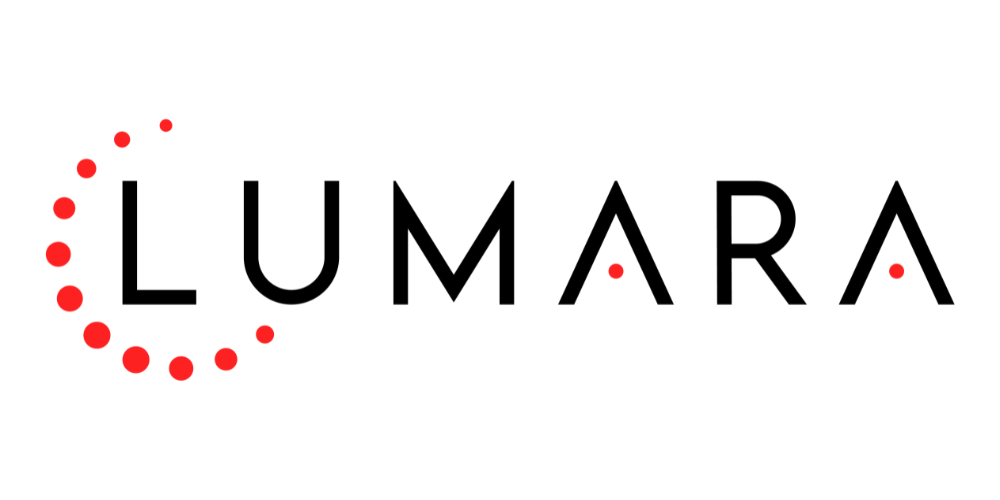
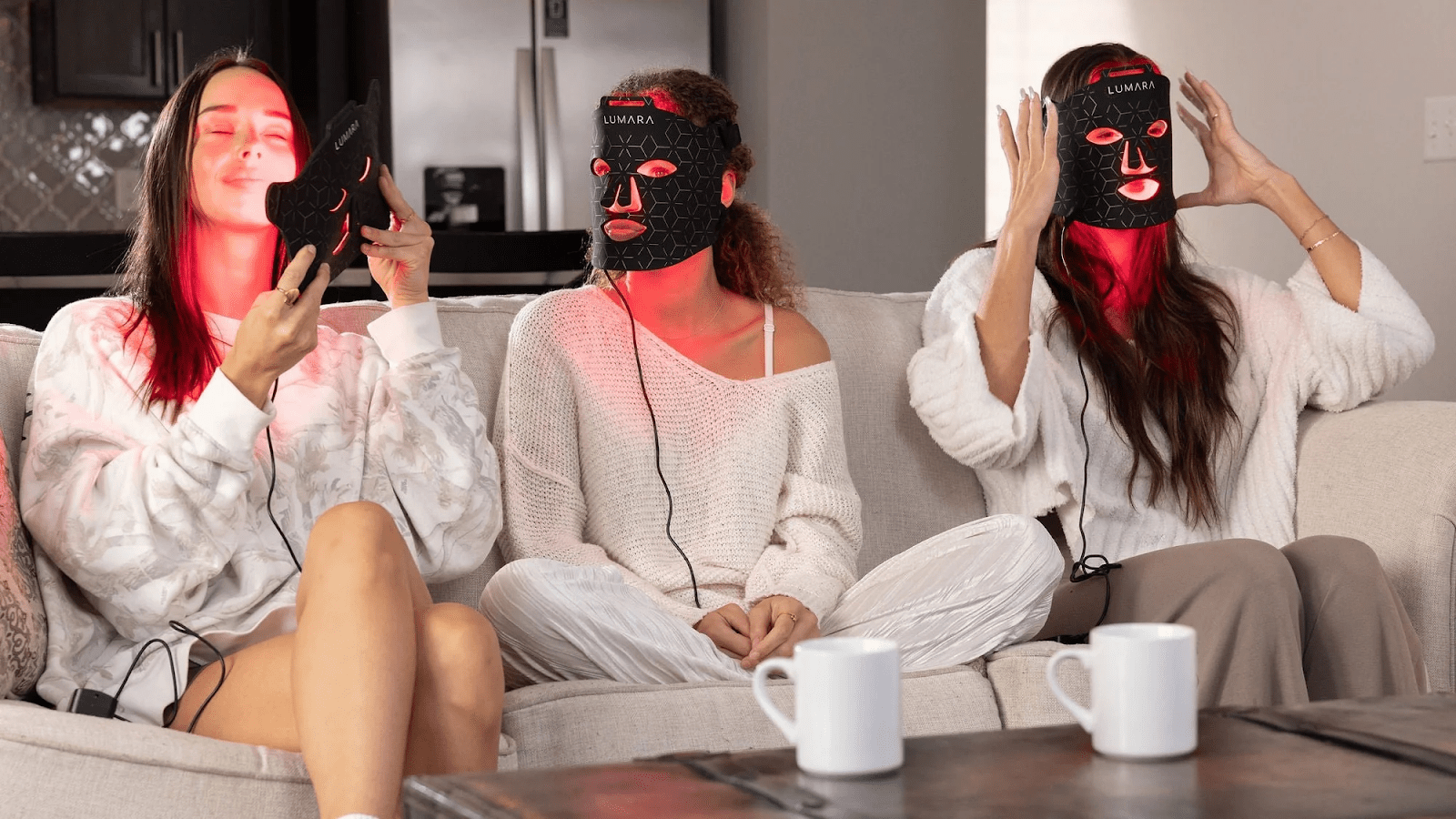
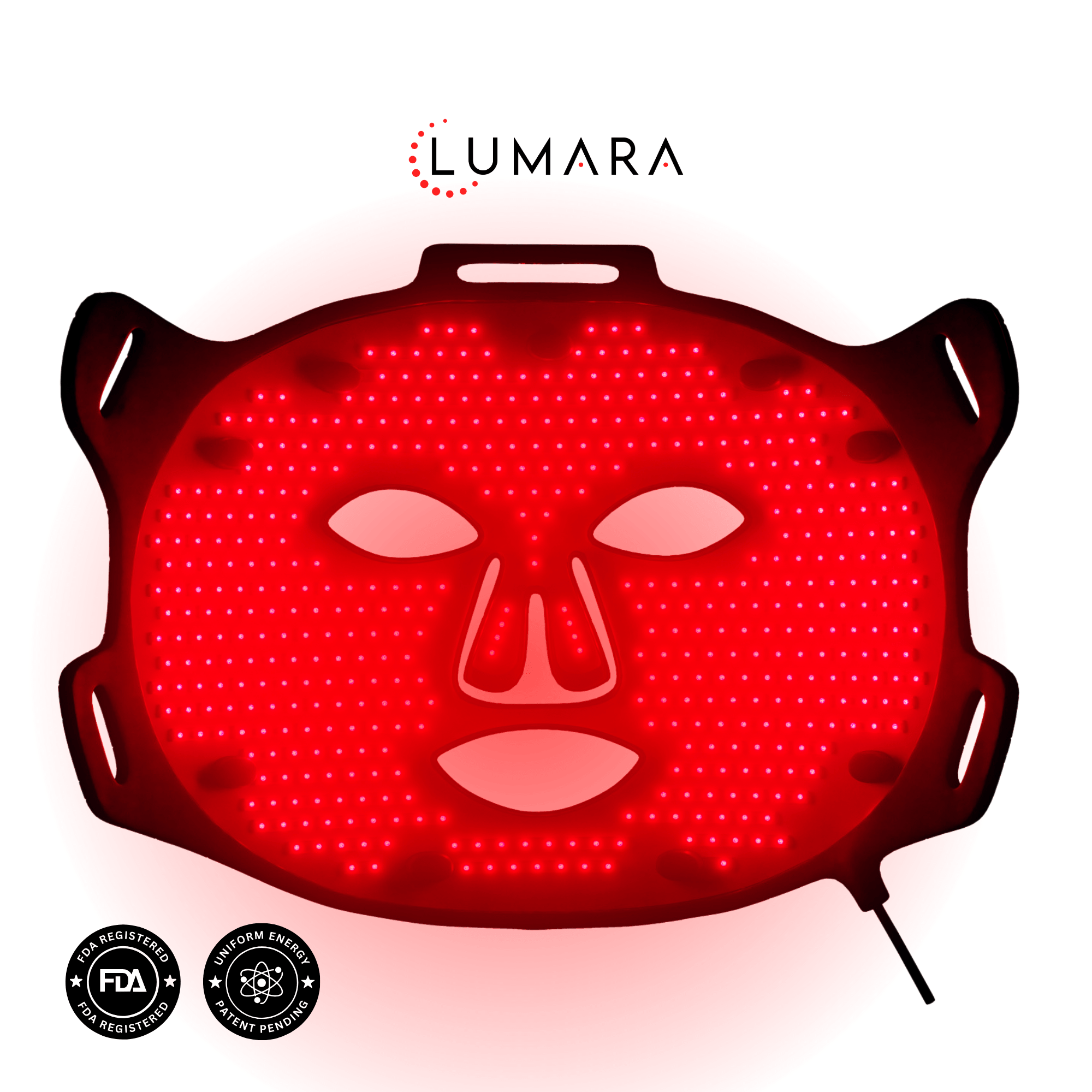

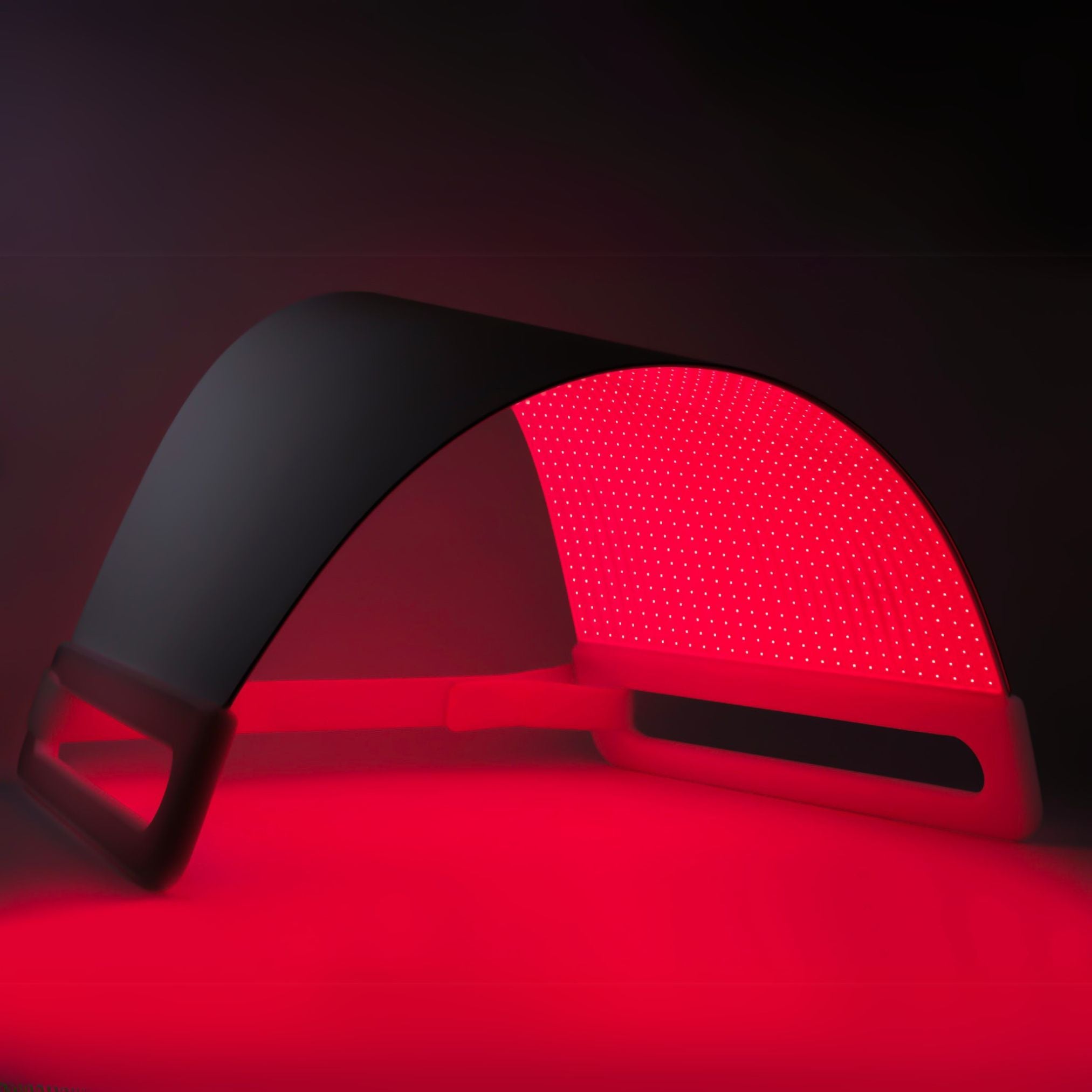
Share:
Red Light Therapy For Wrinkles | Does It Work?
Red Light Therapy For Depression